Discover a professional 3D printing powder supplier
Aluminum-based 3D Printing Powder
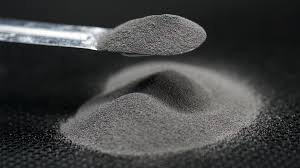
High precision large 3d print part in life size/ MJF SLS SLM SLA metal plastic 3d printing service
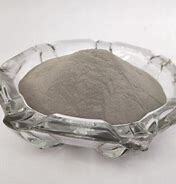
3d metal printing product service aluminum alloy stainless steel slm printing service laser sintered metal powder
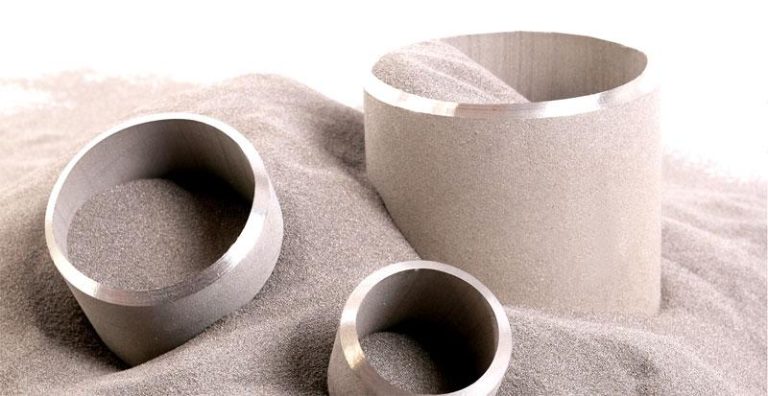
Custom Printed Engraved Metal Plate Metal Logo Sign Name Plates Tag Label Alu Plaques Aluminium Machine Nameplates for Equipment
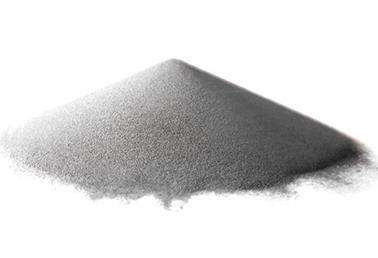
Hot extruded Aluminum Ceiling profile 3D/4D Wood Grain Print environment facade panels

Aluminum Nitride Powder Nanosized AlN Powder for Electronic Industry
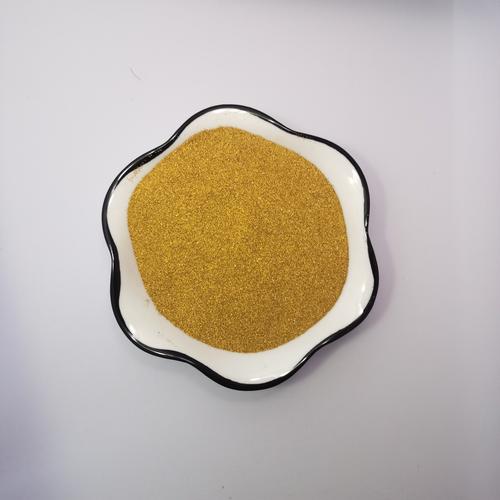
Detail-Rich 3D Printing Parts High-Strength SLS Nylon 3D Printing Parts for Digital Prototype 3d printing
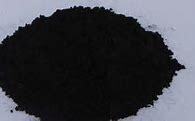
NiCr20 3D Printing Nickel chromium Alloy Powder Thermal Spray Powder
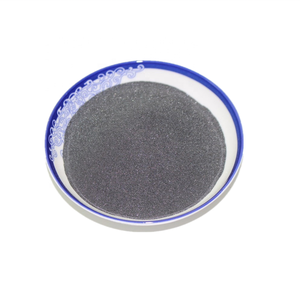
PF-S400 Selective Laser Sintering SLS 3d printer with eight-zone heater& intelligent thermal control system
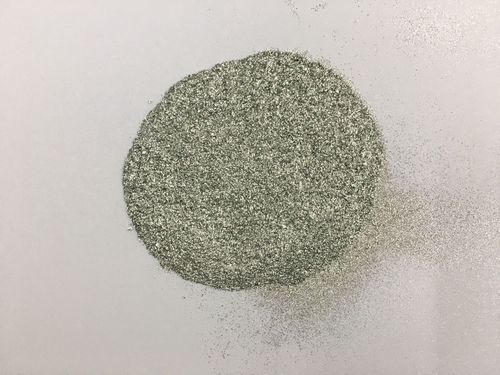
Quick Turning ISO9001 Certified CNC Machined Aluminium Alloy and Stainless Steel Parts for Air Conditioner Bicycle Spare Parts
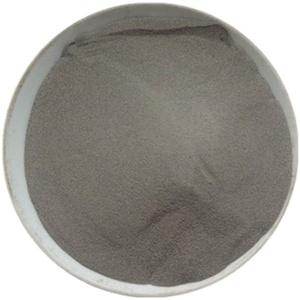
Custom High quality 3D printing services for all precision and sizes 3D prototyping service low cost
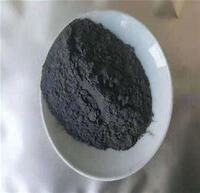
Additive manufacture niobium alloy metal hardening powder 3d printing c10
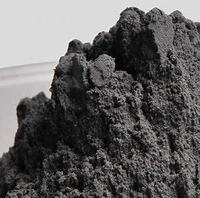
M140C dmls dental 3d printer dental partial titanium 3d printing laser equipment
Introduction to aluminum-based 3D printing powder
Aluminum-based 3D printing powder is a metal powder material used for additive manufacturing (such as SLM, SLS and other processes), the main components of which are aluminum and its alloys (such as AlSi10Mg, Al6061, etc.). It has lightweight, high strength and good thermal conductivity, and is widely used in aerospace, automotive and electronics fields.
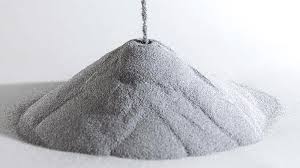
Characteristics of aluminum-based 3D printing powder
Lightweight: low density, suitable for weight reduction design.
High strength: some alloys have excellent mechanical properties after heat treatment.
Corrosion resistance: an oxide film can be formed on the surface, which is resistant to environmental corrosion.
Thermal conductivity and electrical conductivity: suitable for heat dissipation components or electronic devices.
Easy processing: good fluidity, suitable for high-precision printing.
Specifications of aluminum-based 3D printing powder
| Parameter | Value |
|---|---|
| Material | AlSi10Mg, Al6061, etc. |
| Particle Size | 15-45 μm (D50) |
| Density | ~2.7 g/cm³ |
| Melting Point | 550-660°C (varies by alloy) |
| Oxygen Content | <0.1% |
| Flowability | ≤25 s/50g (Hall Flowmeter) |
| Sintering Method | SLM, EBM, Binder Jetting |
Application of aluminum-based 3D printing powder
Aerospace: lightweight structural parts, brackets, etc.
Automotive industry: engine parts, radiators.
Electronic equipment: heat dissipation modules, housings.
Mold manufacturing: conformal cooling molds.
Medical: customized equipment (requires biocompatibility treatment).
Company Profile
3D Printing Passion is a trusted global chemical material supplier & manufacturer with over 12-year-experience in providing super high-quality 3D printing powder and relative products.The company has a professional technical department and Quality Supervision Department, a well-equipped laboratory, and equipped with advanced testing equipment and after-sales customer service center.If you are looking for high-quality 3D printing materials and relative products, please feel free to contact us or click on the needed products to send an inquiry.
Payment Methods
L/C, T/T, Western Union, Paypal, Credit Card etc.
Shipment
It could be shipped by sea, by air, or by reveal ASAP as soon as repayment receipt.
5 FAQs about aluminum-based 3D printing powder
Q: Which 3D printing technologies are aluminum-based powder suitable for?
A: It is mainly suitable for SLM (selective laser melting), EBM (electron beam melting) and binder jetting technology.
Q: Does aluminum powder need heat treatment after printing?
A: Some alloys (such as AlSi10Mg) can improve mechanical properties through heat treatment, but it is not necessary.
Q: Storage conditions of aluminum-based powder?
A: It needs to be moisture-proof and sealed to avoid oxidation and contamination.
Q: What is the surface roughness of the printed part?
A: Usually Ra 10-20μm, which can be improved by polishing or machining.
Q: What are the advantages compared with other metal powders?
A: It is lighter, cheaper than titanium powder, and has a better printing speed than steel powder.
